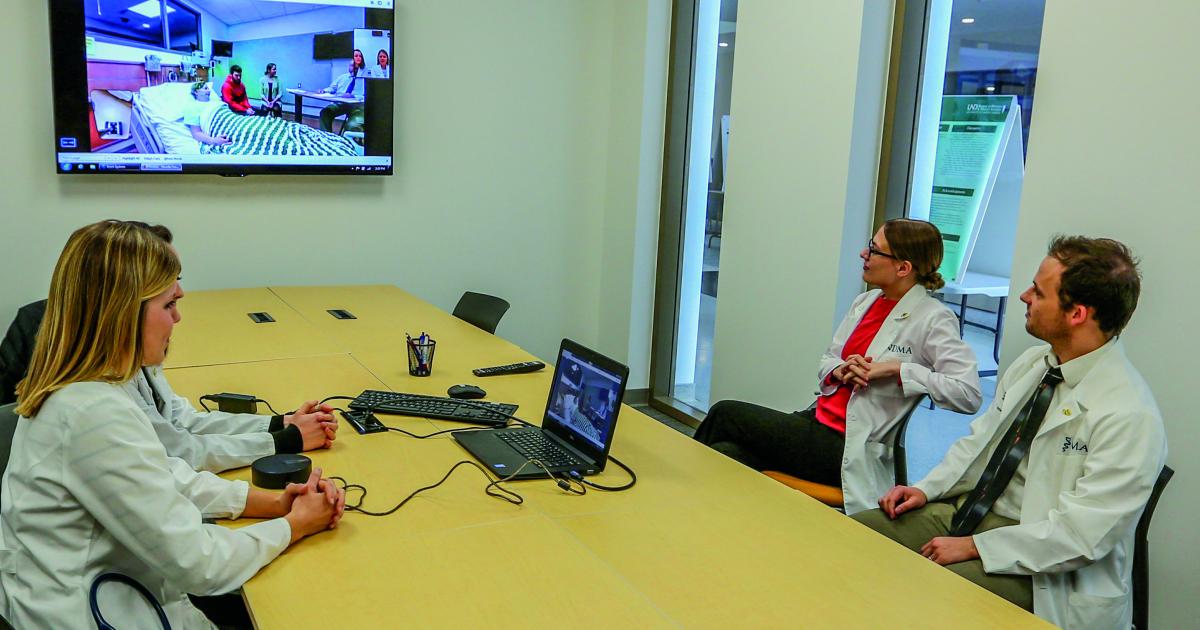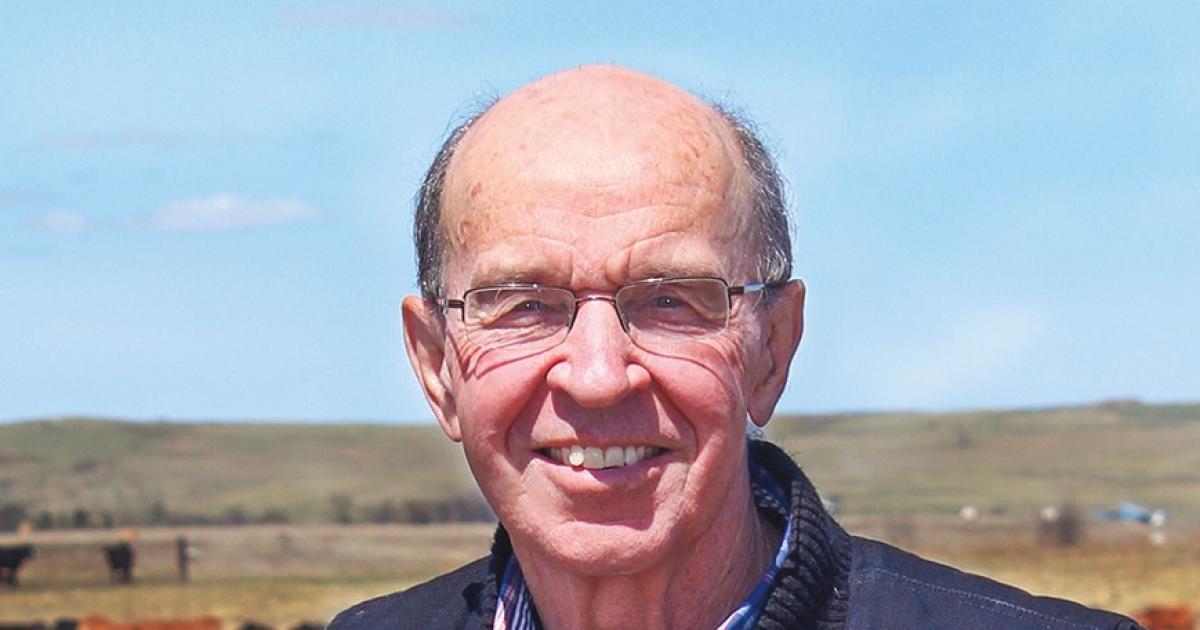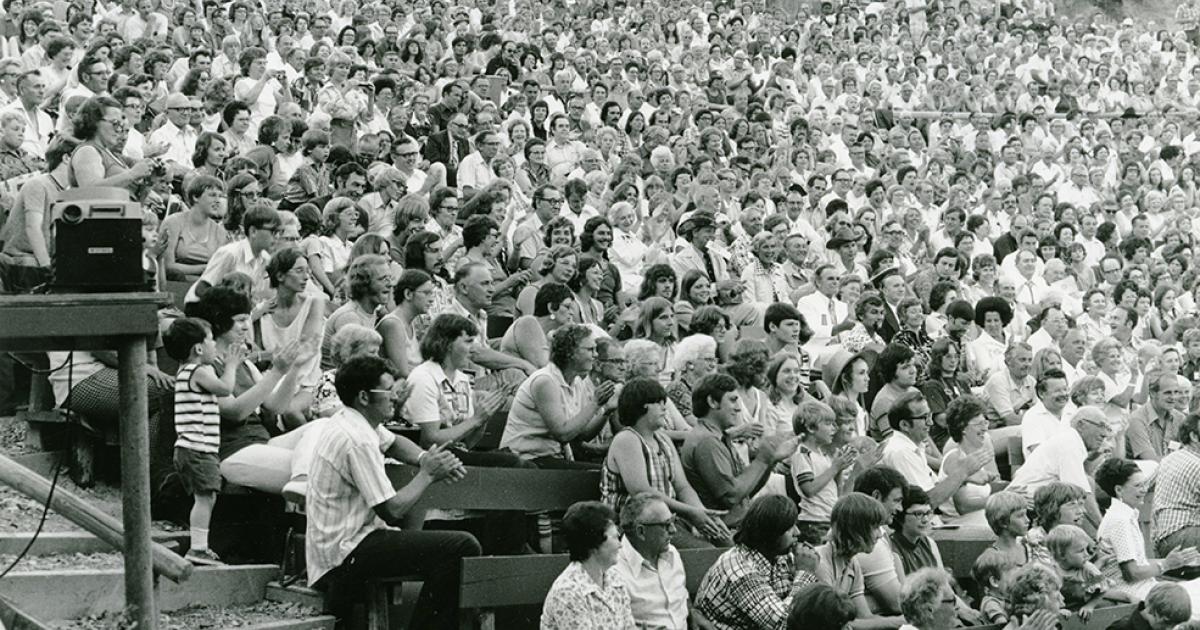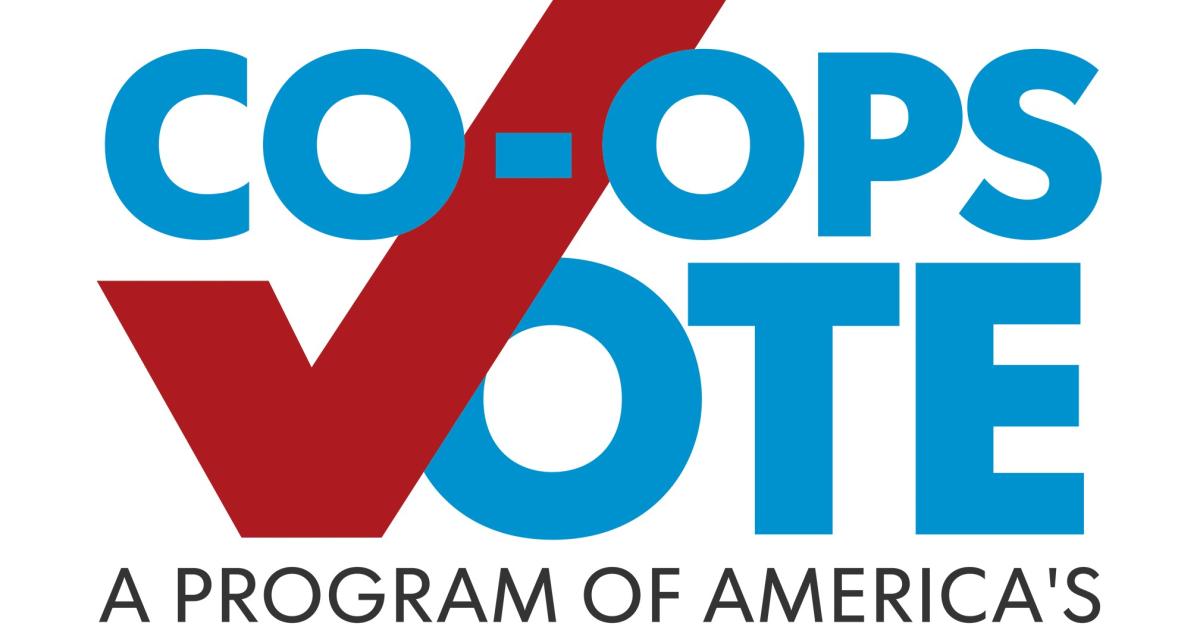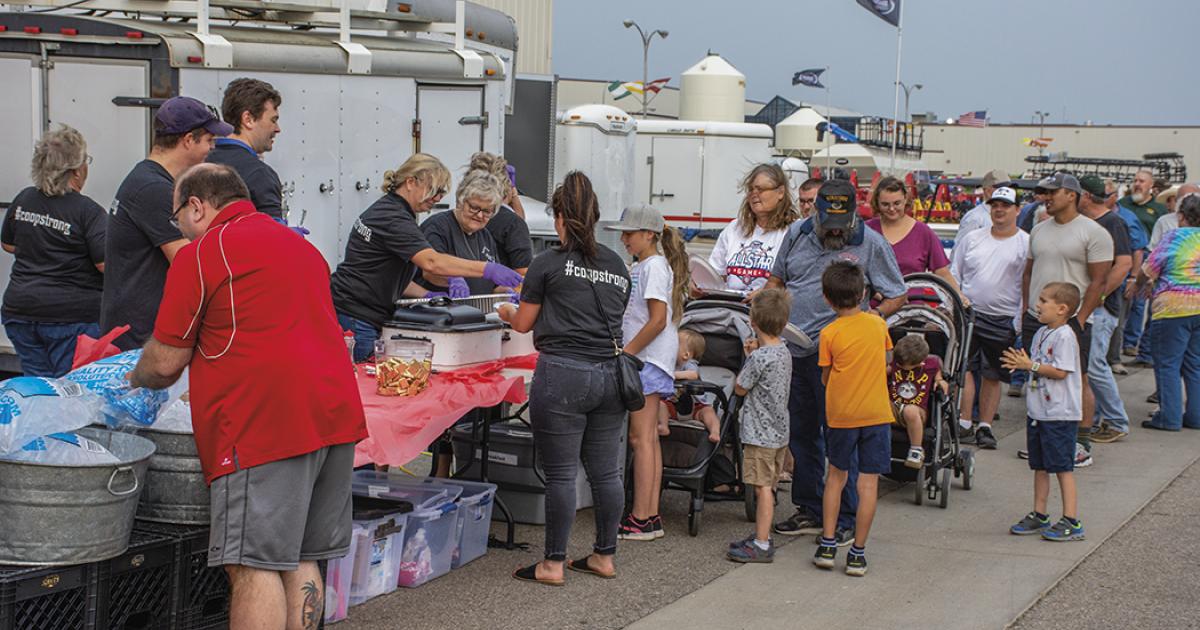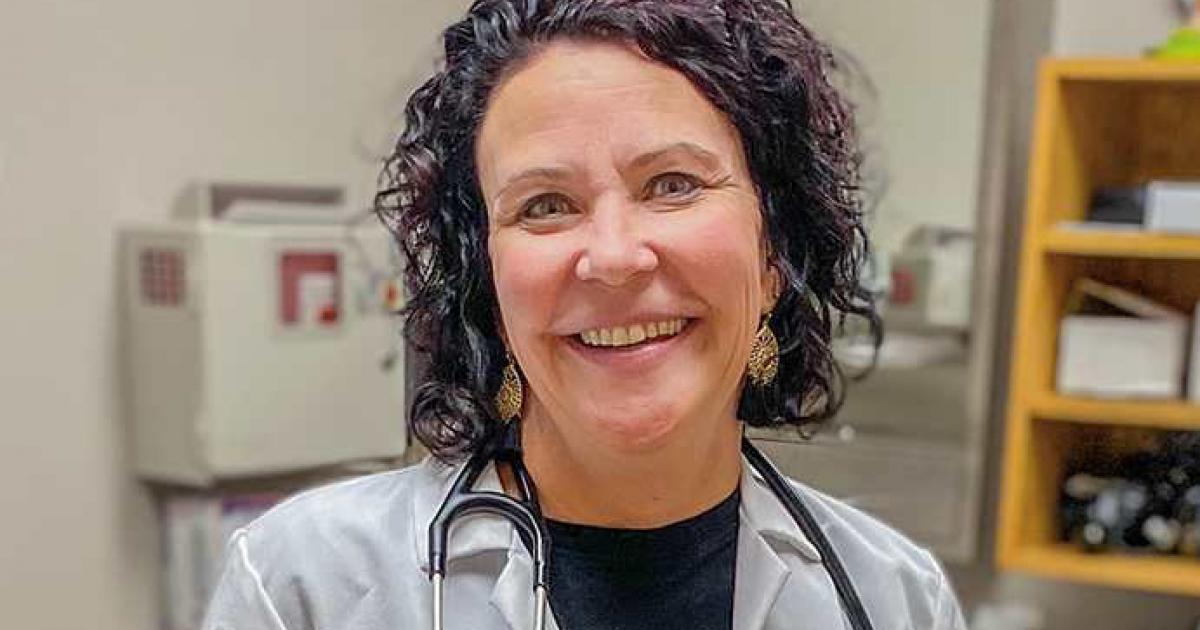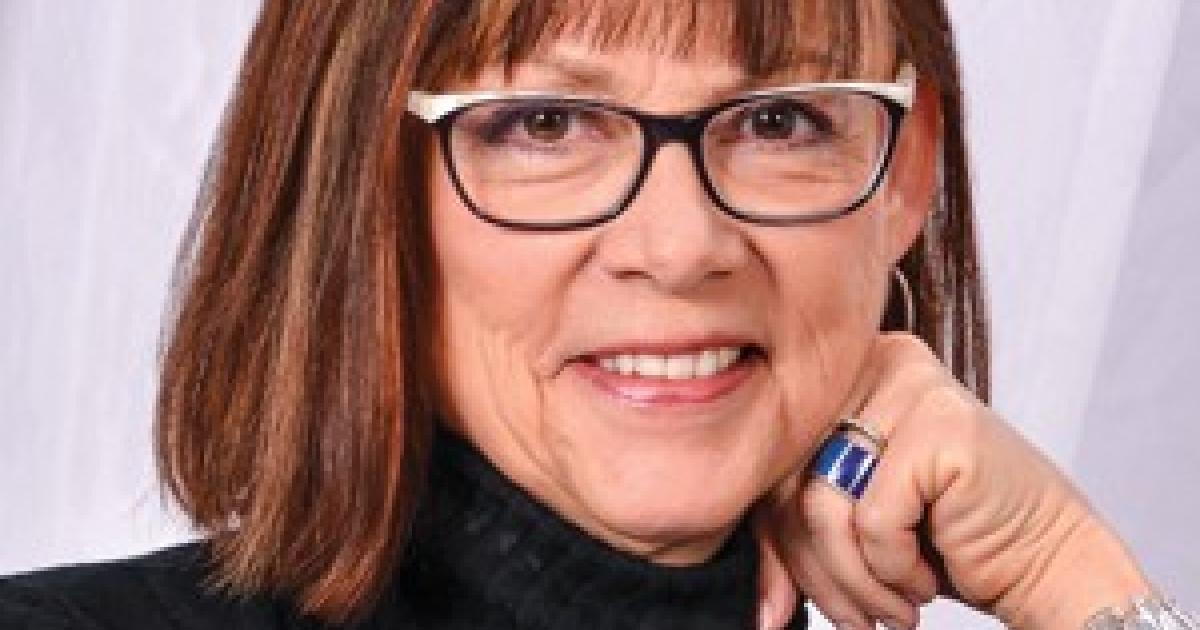UND Center for Rural Health Telemedicine connects – and reconnects – patients to health providers in a variety of ways. Years ago, Dr. Eric Johnson, associate professor in the Department of Family & Community Medicine at the University of North Dakota (UND) School of Medicine & Health Sciences (SMHS), provided mentorship at a diabetes summer camp to help kids learn how to manage life with diabetes. Fast-forward years later, and the same children from that camp have sought out Dr. Johnson as adults when they learned they could “see” him in Rugby, without traveling all the way to Grand Forks.
UND medical students on both sides of the camera work on their “webside manner” at the School of Medicine & Health Sciences.
According to Dr. Johnson, who also maintains a family medicine practice at Altru Health System, it’s this type of connection that is changing rural health care for the better in countless ways.
DIABETES AT A DISTANCE
Altru Health System in Grand Forks works in partnership with Heart of America Medical Center (HAMC) in Rugby by providing psychiatry, dermatology, cardiology and diabetes care through telemedicine. For the past four years, a diabetes telemedicine clinic facilitated by Dr. Johnson has been offered twice monthly. Patients from HAMC with Type 1 or Type 2 diabetes are able to receive care remotely through this clinic, saving time and improving their health. In addition to Rugby, Dr. Johnson provides similar telemedicine clinics in Carrington and Devils Lake.
Although Dr. Johnson is located in Grand Forks, he is assisted by Kathy Brandt, a certified diabetes educator and dietitian serving as the telemedicine nurse at HAMC. Brandt meets with patients in person, taking vitals and updating the electronic medical record (EMR), so Dr. Johnson has all the information he needs for the visit.
“If the patient is wearing an insulin pump, I’m able to generate reports and upload them to the EMR, and I can also scan blood sugar logs, so Dr. Johnson is able to review them as well,” Brandt said.
This makes the visit virtually identical to an in-person visit – and arguably even more effective. According to a 2016 study by Dr. Johnson, “Delivery of Diabetes Telehealth Services to a Rural Clinic,” patients at HAMC who experienced telemedicine visits showed improved A1C scores (a test that indicates average blood sugar levels), and in some cases, better patient satisfaction, relative to patients who had done traditional in-clinic visits only.
To ensure patients are comfortable during the exam, the provider at the distance site, where Dr. Johnson is, and the nurse or dietitian at the originating site, where the patient is, work together to deliver care and to coordinate any follow-up patient education or appointments. Still, he said delivering care effectively through telemedicine can take some time to learn.
“It often doesn’t work to simply put a patient in the room with a camera,” Dr. Johnson said. “You need someone on the other end to facilitate the conversation, and that’s where the provider in Rugby, for example, really helps with keeping the patient engaged.”
VIRTUAL EMERGENCY ROOM
Another service helping rural North Dakota meet the health care needs of its patients is eEmergency services, provided by Avera Health in South Dakota. Brought about by a grant from the Leona M. and Harry B. Helmsley Charitable Trust, Avera eEmergency made its way into North Dakota in 2009 and is now present in the emergency rooms of 29 out of the 36 critical access hospitals around the state. Nikki Johnson, CEO for Cooperstown Medical Center (CMC) in Cooperstown, appreciates the comfort Avera eEmergency provides both providers and patients.
“We have a small staff, and eEmergency helps keep the E.R. service open in our community and helps our providers manage care better,” Nikki said.
Avera eEmergency works by simply pushing a button located in the emergency room. If a rural provider pushes the button in the E.R., a certified emergency room physician located at a hub site in Sioux Falls, S.D., appears on a monitor mounted in the room. The board-certified emergency physician and her team are then able to assist in any way the providers in Cooperstown need.
Sometimes the rural providers just need the distance physician to observe and chart the visit. At other times, the rural providers need advice, consultation, and guidance on how to best treat the patient. The Avera eEmergency team will even assist in making transfer arrangements.
Nikki said this is not only a helpful tool in patient outcomes; it helps with recruitment of new providers, too.
“Rarely do we have a job candidate that doesn’t ask if this is available,” she said of eEmergency. “Providers feel more comfortable knowing they have board-certified physicians available to help them deal with complex medical conditions at the push of a button.” Nikki added that providers are encouraged to use eEmergency to discuss difficult patient conditions outside of the E.R. as well. “Without eEmergency, we would lose the ability to recruit, which of course would impact the care we provide our surrounding communities,” she said.
While telemedicine is already filling a few key areas of need throughout the state, the trend is clear: care delivery in this manner will only increase. In a recent study conducted by the UND Center for Rural Health, telemedicine is being implemented in each of the 36 critical access hospitals in the state; on average, the top three telemedicine services being used are e-emergency, radiology and dermatology. The telehealth services these rural hospitals say they are most interested in adding are behavioral health, speech therapy, asthma management and oncology.
Whether it’s by computer screen or personal cellphone, the wave of the future will be providing virtual care. And North Dakota is already working hard to ensure that future physicians are being prepared to enter the telemedicine environment post-training.
“In Rugby, we’re saving patients about a 300-mile round-trip drive,” concluded Dr. Johnson, noting his use of the virtual stethoscope. “On the patient’s end, the nurse has something that looks like a regular stethoscope that you can put to the patient’s lungs, and we both have headphones so we can listen. The sound quality is very good, so 200 miles away, I can be listening to somebody's heartbeat. So, it’s fairly comprehensive.”
This article, reprinted with permission, originally appeared in the Summer 2018 issue of North Dakota Medicine.


